Fear of Falling: How to Overcome It and Get Stronger
We all watch our steps carefully when on uneven terrain to avoid accidents. However, as we age, the fear of falling becomes more concerning, especially for those with compromised mobility, or those who have already experienced falls. These fears may even restrict your lifestyle, causing you to avoid certain tasks or activities. In fact, anxiety alone can raise the likelihood of losing balance.
Learning to overcome such concerns is vital to ensure you’re still living life to its fullest. Your doctor may recommend occupational or physical therapy as well as cognitive therapy to increase strength and reduce balance and mobility problems. Assistance devices, such as walkers, grab bars, and raised toilet seats, also help reduce your fall risk.
The following sections cover other ways to prevent those scary tumbles.
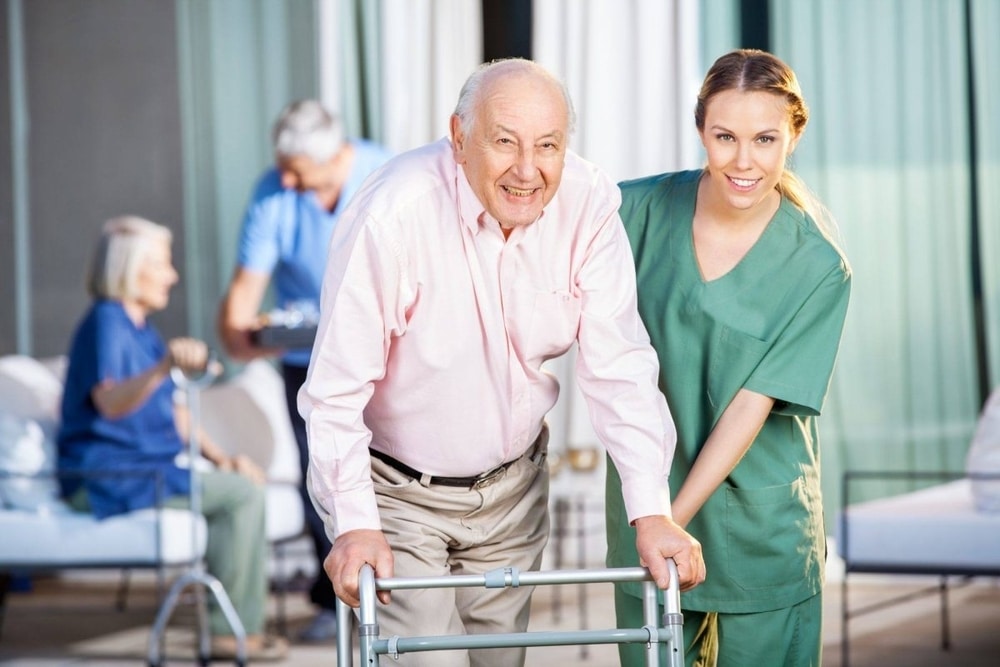
Fear of Falling
According to experts, we alter our posture, balance, and head and eye movements to avoid falls. Unfortunately, these stiff postural changes often increase the risk of stumbling and injury. Rather than tensing up, increasing strength is a better fall-prevention strategy for all ages.
Cognitive behavioral therapy improves anxiety and other fall-related mental health concerns. You can also alter your home, including adding handrails, removing loose rugs and other obstacles, and improving lighting. The following methods also reduce fall risks.
Stronger Muscles – Greater Stability
Aging often includes muscle loss, which is why so many seniors develop a fear of falling. However, it is possible to regain some strength over time. Even if you’re not overly active, light weight training gradually boosts vigor.
In fact, studies show that increasing lower limb muscle strength improves mobility and function. The stronger your body is, the lower your fall risk becomes. You can try physical therapy, Tai Chi, endurance training, or other options matching your interests and limitations.
Walking confidently
Walking confidently can help boost your physical control. Your muscles stay engaged, and your balance becomes more stable. It can even help rewire your brain, shifting your mindset from “I might fall” to “I’m in full control.”
When dealing with a fear of falling, people often become more frightened of moving around at all. The resulting inactivity weakens the muscles even more, increasing your fall risk.
Consistent movement maintains muscle strength, balance, and flexibility. However, it also develops a steadier gait, so you’re more stable when walking. It also improves your mental focus and confidence, reducing your concerns. In other words, the more you walk, the easier walking becomes.
Boosting reaction time
Younger people often catch themselves when they stumble, preventing serious injury. Unfortunately, as we age, reaction time decreases due to reduced coordination and movement speed. These issues result from slower brain signals and reduced strength and flexibility.
One method to reduce your fear of falling is to boost your reaction time. Fall Arrest Strategy Training (FAST) and other exercises improve strength, balance, and agility. Such training not only reduces your fall risk, but it may also prevent injury when one occurs.
Improve balance with gentle challenges
Another issue causing a fear of falling is loss of balance. Such unsteadiness could result from injuries or medical conditions affecting mobility and movement. Losing muscle and flexibility over time may also contribute.
Luckily, it’s possible to improve balance gradually with the right motivation and exercises. According to experts, using resistance bands is vital for increasing flexibility and balance to prevent elderly falls. Your doctor may offer other gentle challenges, depending on your condition and needs.
Resources:
- PubMed, Sept. 22, 2014, How fear of falling can increase3 fall-risk in older adults: applying psychological theory to practical observations
https://pubmed.ncbi.nlm.nih.gov/25278464/ - Mayo Clinic, Cognitive behavioral therapy
https://www.nia.nih.gov/health/falls-and-falls-prevention/preventing-falls-home-room-room - NIA, Preventing Falls at Home: Room by Room
https://www.nia.nih.gov/health/falls-and-falls-prevention/preventing-falls-home-room-room - PMC, March 2014, Effectiveness of muscle strengthening and description of protocols for preventing falls in the elderly: a systematic review
https://pmc.ncbi.nlm.nih.gov/articles/PMC4183251/ - Life Path, Sept. 13, 2024, Keep Moving: How Regular Walking Can Help Prevent Falls
https://lifepathma.org/stories/keep-moving-how-regular-walking-can-help-prevent-falls/ - Harvard Health Publishing, March 14, 2016, My fall last fall: Reaction time and getting older
https://www.health.harvard.edu/blog/my-fall-last-fall-201603149311 - PubMed, March 15, 2022, Fall arrest strategy training improves upper body response time compared to standard fall prevention exercise in older women
https://pubmed.ncbi.nlm.nih.gov/35287479/ - PMC, Sept. 2017, Effectiveness of resistance exercise using elastic bands on flexibility and balance among the elderly people living in the community
https://pmc.ncbi.nlm.nih.gov/articles/PMC5599848/
This article is for educational and informational purpose only and does not substitute for professional medical advice. For any questions about your own health condition, speak to a qualified physician or healthcare provider.

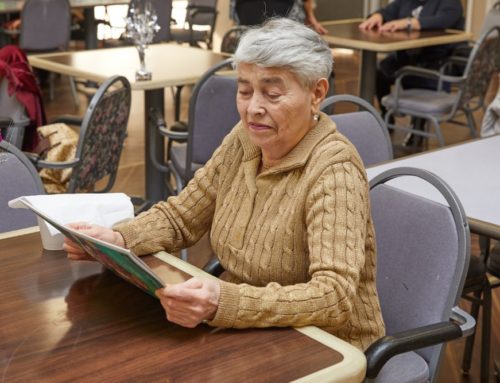
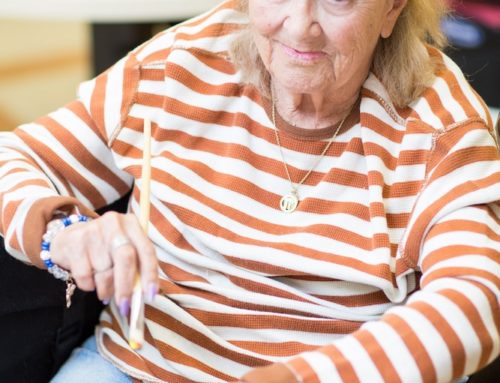

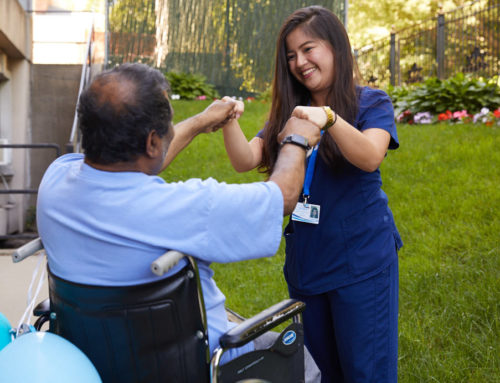

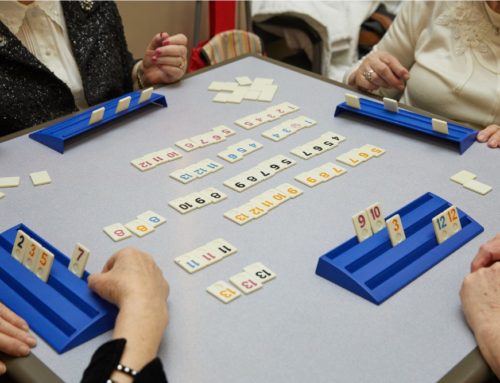
Leave A Comment